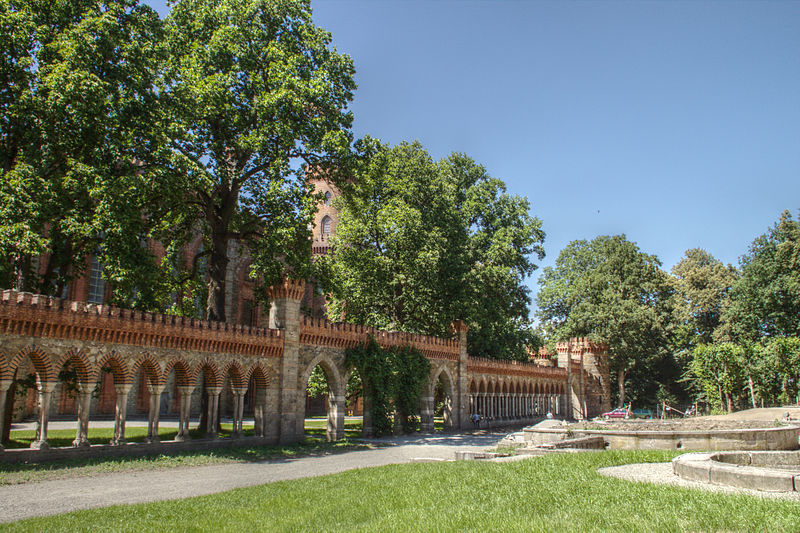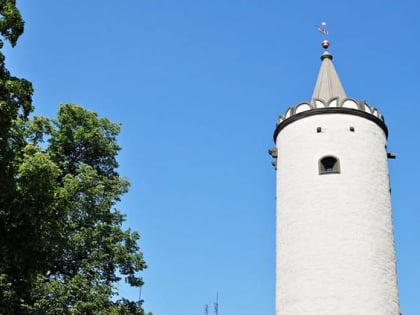Kamieniec Ząbkowicki Palace

Facts and practical information
Kamieniec Ząbkowicki Palace, often referred to as the "Pearl of the Lower Silesia," is an architectural marvel nestled in the picturesque landscape of southwestern Poland. This grand palace, constructed in the 19th century, stands as a testament to the opulence and grandeur of the era, drawing visitors from across the globe to its majestic presence.
Designed by the famous architect Karl Friedrich Schinkel for Princess Marianne of the Netherlands, the palace's construction began in 1838 and was completed in 1870. Its design is a unique blend of neo-Gothic and Renaissance styles, which sets it apart from other aristocratic residences of the time. With its intricate facades, towering spires, and detailed ornamentation, the palace is a visual feast for the eyes.
Once the center of a vibrant court life, Kamieniec Ząbkowicki Palace covers an area of over 14 hectares, surrounded by expansive gardens and a picturesque park, adding to the estate's serene ambiance. The interior of the palace was once lavishly furnished and decorated with works of art, though much of its original splendor was lost during the tumultuous events of the 20th century.
Despite suffering damage during World War II and the subsequent years of neglect, restoration efforts have been underway to return the palace to its former glory. Efforts to preserve the palace are driven by its historical significance and the desire to share its beauty with future generations.
Kamieniec Ząbkowicki Palace – popular in the area (distance from the attraction)
Nearby attractions include: City Hall, St. John the Evangelist's Church, Paczkowski Lake, Muzeum Gazownictwa.

















